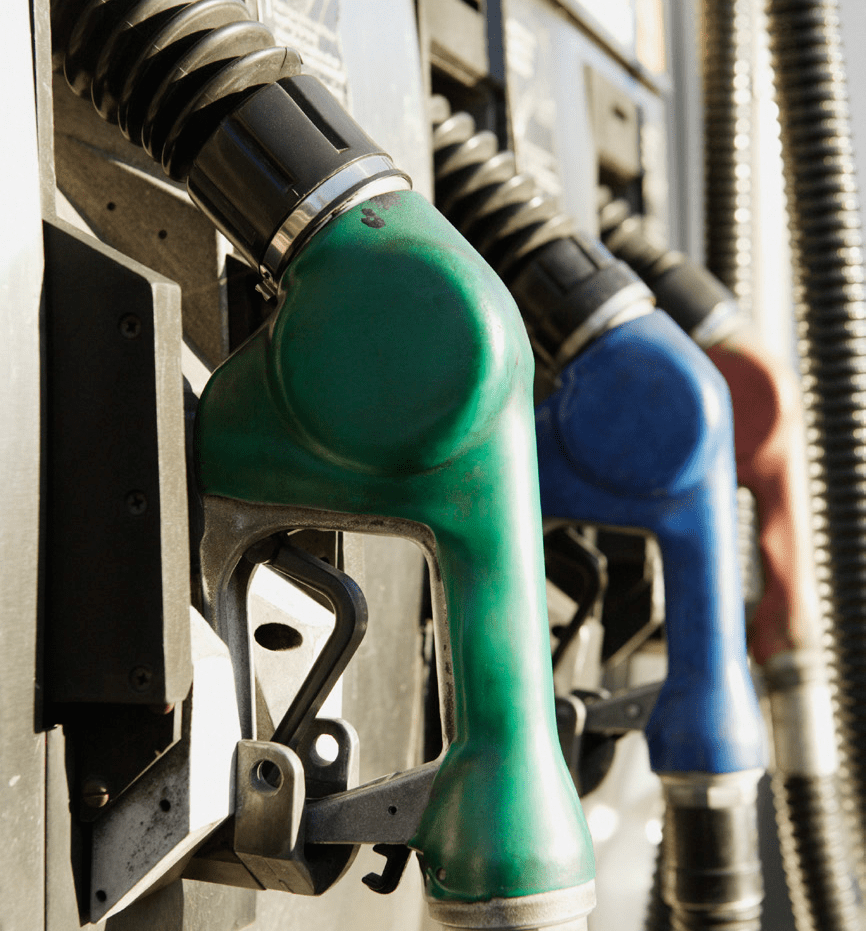
Ethanol has been the benchmark biofuel for more than a century. Henry Ford even envisioned the agricultural might of the United States as the fuel source for his Model T, which he engineered to run on ethanol. Today, ethanol is blended with gasoline to help meet EPA mandates for amounts of biofuel sold within each state. Most of the fuel in the United States contains some amount of ethanol.
While ethanol has a strong foothold in the fuel industry, powersports and marine organizations such as the National Marine Manufacturers Association have taken to warning against its usage, especially higher-percentage blends such as E15, which NMMA has gone so far as to say “hurts boating.”
However, powersports and marine manufacturers are not anti-biofuel, and one biofuel NMMA is backing is isobutanol. Why one and not the other? To answer that begs some investigation.
What is Isobutanol?
Isobutanol is a four-carbon alcohol that can be refined from either petroleum or feedstocks such as corn. Either way, the molecule is the same, so it is considered a “drop in” when used as a fuel additive. Isobutanol has greater energy density (30-percent higher Btu) than ethanol and contains about 82-percent of the energy of gasoline (E85 contains about 75-percent of the energy of gasoline). This allows it to be blended at a higher percentage than ethanol, an EPA-approved 12.5-percent for on-road use and 16-percent for off-road use. Since there is more energy available in isobutanol-blended fuel, this adds up to better efficiency when compared to ethanol-blended fuel. In other words, you can go farther on a gallon of it than you can, say, E10. Good news for an automotive application.
Moisture
For powersports and marine applications, moisture can be a concern. Ethanol is hygroscopic, meaning it will absorb moisture from the atmosphere. Over time, such as during periods of storage or non-use, this can lead to fuel deterioration and fuel system corrosion. Also, ethanol itself is corrosive and will degrade rubber parts and soft metals found in fuel systems. Isobutanol is a more attractive fuel for these types of applications since it does not absorb moisture and will not undergo phase separation. Also, it is not corrosive like ethanol, so fuel system parts remain intact. These are the main reasons NMMA supports isobutanol over ethanol, and this, combined with better mileage, are pros for on-road use.
Cost
Right now, the big strike against isobutanol is cost – isobutanol-blended fuels can cost $1.50-$2.00 more per gallon. This higher cost far outweighs any mileage benefits, but may be worth it for powersports owners who must deal with ethanol-related fuel problems such as fuel system corrosion and don’t use their vehicles daily. A chunk of the added cost of isobutanol comes from pipeline access and shipping costs. However, isobutanol is not confined as a gasoline blendstock and can be used in other fuel products including aviation fuel blendstock and jet and diesel fuel, so its infrastructure is growing. Isobutanol is changing the way fuel blenders look at biofuels and we may see it make inroads on some more conventional biofuels soon.
